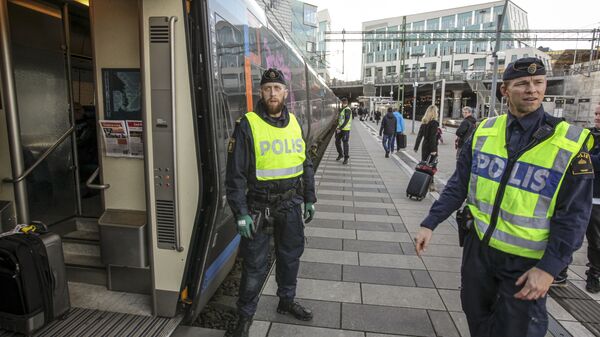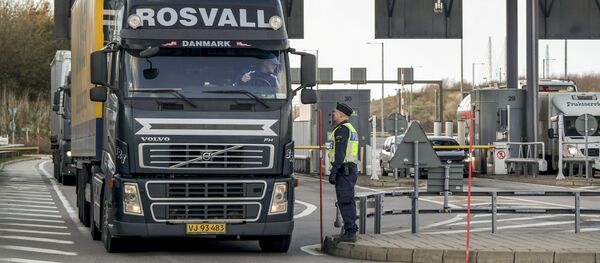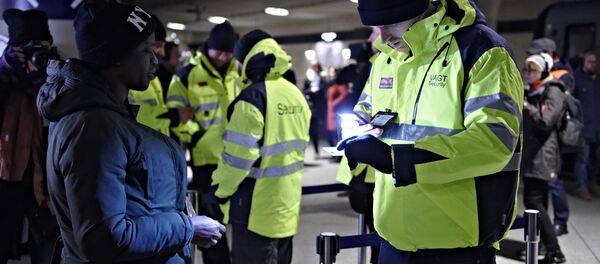In April, approximately 50 people per day sought asylum in Sweden. On Monday alone, however, 112 asylum seekers were registered, which is more than twice as many. Furthermore, the number was reported to have increased gradually ever since the controls were abandoned. Additionally, an increase in the number of people who were rejected at the Swedish border was also registered. Earlier this year, an average of 40 to 100 people were rejected each week. Last weekend alone, however, 88 people were rejected, the Swedish newspaper Sydsvenskan reported.
As the controls were waived following the alleged stabilization of asylum seekers' influx, Swedish Infrastructure Minister Anna Johansson emphasized that the government was prepared to reinstate ID controls "should the need arise."
"We are prepared to reinstate them if a corresponding assessment is made from the authorities," Anna Johansson said.
The Danish train company DSB resolved to keep all the equipment for ID checks at hand in order to reposition ID control details within a few days' notice.
Previously, Michael Mattsson, the head of the Swedish Border Police in the South Region, predicted that the number of asylum seekers was likely to increase further as the message of the abolition of ID checks spread across the globe.
"I think this is just the beginning of what can happen in the future. The message that the ID checks are gone must be spread before we can actually feel the big effect here in Sweden," Michael Mattsson told Swedish Radio.
However, the decision to scrap ID checks also triggered a massive outcry from, among others, the Border Police, which cited a dramatic lack of resources to keep track of the recent developments, and the Conservative Party, which voiced concern over the government's migration policy.
Conservative integration spokesperson Elisabeth Svantesson called this decision "premature" and "ill-conceived" in a series of tweets, whereas her fellow immigration spokesman Johan Forsell called the abolition of border controls "risky." According to Forsell, Sweden was in danger of repeating "what happened in the fall of 2015," when tens of thousands of asylum seekers showed up at the Swedish border. At the peak of the migrant crisis, Sweden took in 163,000 migrants.
Never miss a story again — sign up to our Telegram channel and we'll keep you up to speed!





